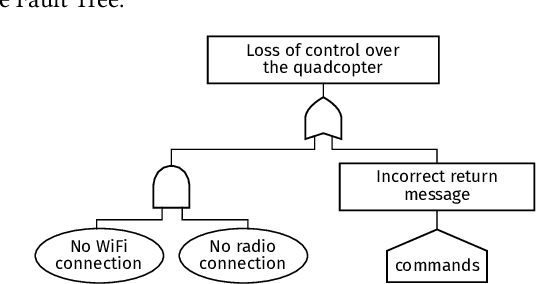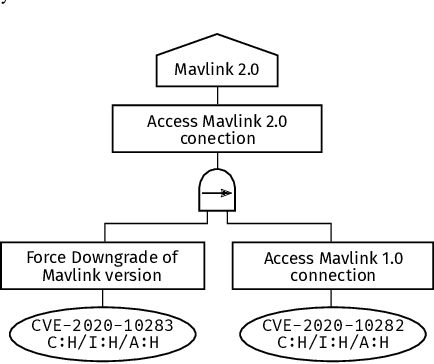Raffaela Groner
Streamlining Attack Tree Generation: A Fragment-Based Approach
Oct 01, 2023



Abstract:Attack graphs are a tool for analyzing security vulnerabilities that capture different and prospective attacks on a system. As a threat modeling tool, it shows possible paths that an attacker can exploit to achieve a particular goal. However, due to the large number of vulnerabilities that are published on a daily basis, they have the potential to rapidly expand in size. Consequently, this necessitates a significant amount of resources to generate attack graphs. In addition, generating composited attack models for complex systems such as self-adaptive or AI is very difficult due to their nature to continuously change. In this paper, we present a novel fragment-based attack graph generation approach that utilizes information from publicly available information security databases. Furthermore, we also propose a domain-specific language for attack modeling, which we employ in the proposed attack graph generation approach. Finally, we present a demonstrator example showcasing the attack generator's capability to replicate a verified attack chain, as previously confirmed by security experts.
Towards Model Co-evolution Across Self-Adaptation Steps for Combined Safety and Security Analysis
Sep 18, 2023



Abstract:Self-adaptive systems offer several attack surfaces due to the communication via different channels and the different sensors required to observe the environment. Often, attacks cause safety to be compromised as well, making it necessary to consider these two aspects together. Furthermore, the approaches currently used for safety and security analysis do not sufficiently take into account the intermediate steps of an adaptation. Current work in this area ignores the fact that a self-adaptive system also reveals possible vulnerabilities (even if only temporarily) during the adaptation. To address this issue, we propose a modeling approach that takes into account the different relevant aspects of a system, its adaptation process, as well as safety hazards and security attacks. We present several models that describe different aspects of a self-adaptive system and we outline our idea of how these models can then be combined into an Attack-Fault Tree. This allows modeling aspects of the system on different levels of abstraction and co-evolve the models using transformations according to the adaptation of the system. Finally, analyses can then be performed as usual on the resulting Attack-Fault Tree.
 Add to Chrome
Add to Chrome Add to Firefox
Add to Firefox Add to Edge
Add to Edge